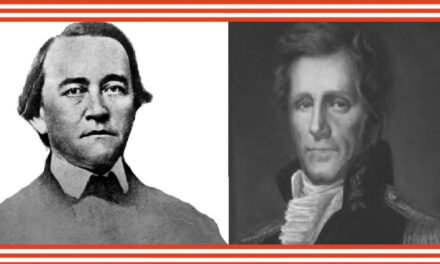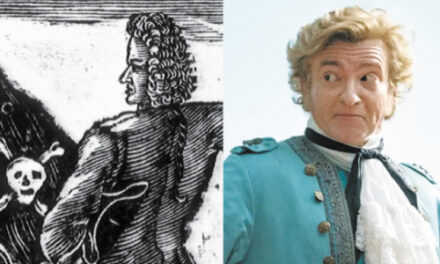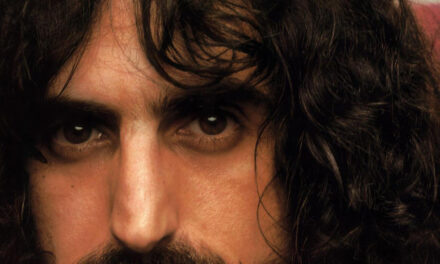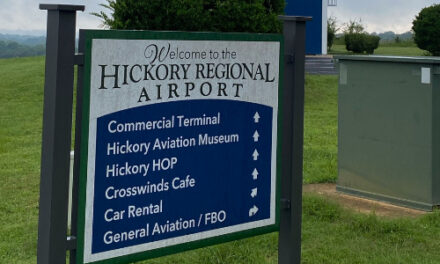
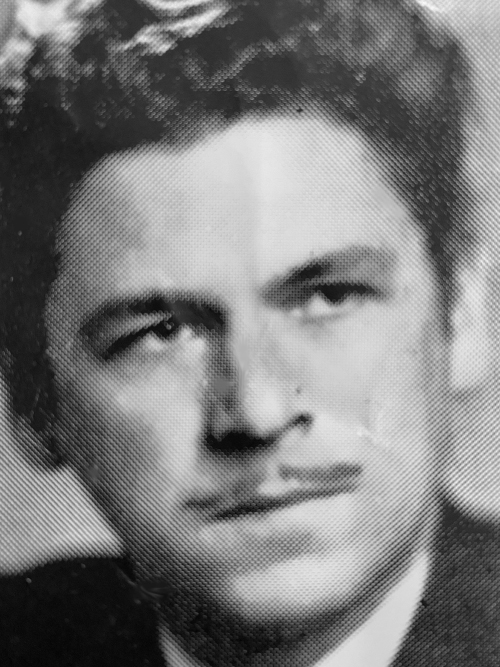
Wake Bridges at his dapper best during the 1944 polio epidemic. Image courtesy of the Hickory Daily Record.
One of the reasons Hunter S. Thompson became a famous journalist was his ability to write about his experiences as part of the story he was covering. His iconic statement, “when the going gets weird, the weird turn pro” graces this paper every week and reminds us of how important such a point of view can be, even if the practice challenges objectivity.
Decades before Thompson began his career, a Hickory journalist was doing the same thing. His name was Wake Bridges. As a sports/general assignment reporter and photographer, Wake became part of the reason people read his stories. His insights on human behavior, including his own, entertained as it informed readers. His exploits enlivened the news he covered. His byline showed up in papers all over the Southeast.
Wake Bridges grew up in western Cleveland County. He gravitated to reporting early, writing sports stories for nearby Gardner-Webb College in the early Depression. Soon he got a job with the Hickory Daily Record, where he would spend the rest of his career, observing Hickory people doing Hickory things.
When polio hit in the summer of 1944, Wake could not help revealing something of himself as he covered events. Candidly, he wrote about being recruited to report on the important work going on at the hospital when no one else would. Dr. Gaither Hahn wanted the outside world to see what would later be called “the Miracle of Hickory.” Wake wasn’t so sure. He, like many of his day, were afraid of contracting polio. Dr. Hahn coaxed the reporter to the hospital with a special gift, “a healthy shot of booze.” Wake walked in ready to gulp, but Dr. Hahn held out until the news gathering was done. “Instead of a drink, I got a white gown and a white muzzle,” Wake wrote of the experience.
His stories made a difference. He was the reporter that took the time to notice Polio Pete, the dog that hung around the hospital, theorizing that his owner was inside. He brought an eye for detail that helped all those outside the hospital understand what it was like to be inside. He even reported a scam where a man posing as a U.S. senator fooled Dr. Hahn into thinking the hospital was getting a large donation. Alcohol was involved in that caper too. Wake was an honest reporter, calling out others, but also himself. Revelations showed up regularly in his column, “Shots in the Dark.”
Action just seemed to follow Wake. in 1957, he went out to photograph a car that had overturned and burned near the Hickory Airport. When he got there the driver screamed at the reporter, “it’s mine, I paid for it and nobody’s going to take a picture of it.” The driver then punched the camera back into Wake’s face. Bruised, he still got the picture.
A classic example of Wake offering his opinions was an article entitled, “Wake Philosophizes about Politicos, Farmers, Reporters, Decides Newsmen Powerful.” But perhaps the example that best records Wake’s keen observations mixed with wit, was his one and only book, “Hickory:It’s One Hell of a Town.” Published in 1982 as the associate editor (by then) moved into retirement, it stands as a valuable chronicle of the city Wake covered during his almost 50 year career as a journalist. We learn something of Wake Bridges, but more about Hickory. He likely had a shot or two as he wrote it, but like experience at the hospital, it gave him the courage to sit down and tell it all. So here’s to Wake Bridges! Raise your glass in a toast to Hickory’s Gonzo journalist.

